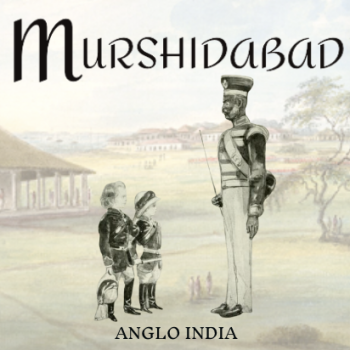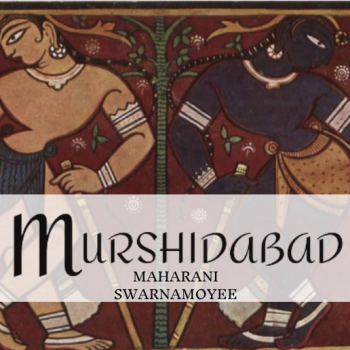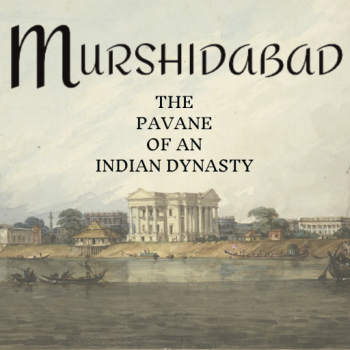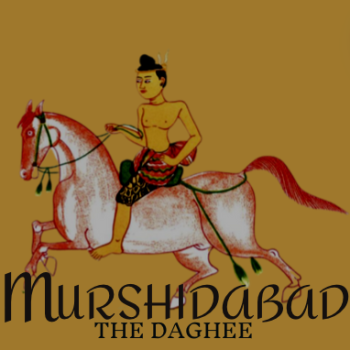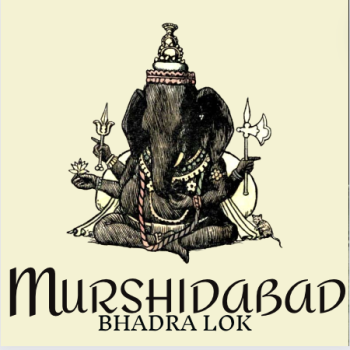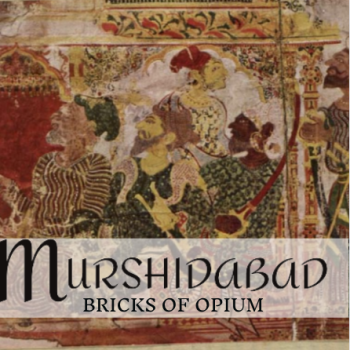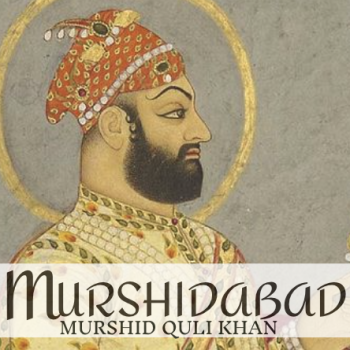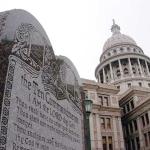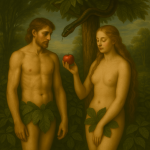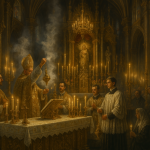ANGLO INDIA Tuite-Dalton took his leave of absence in late-February/early-March. His replacement, John Gerald Ritchie (1853-1921,) soon arrived with his wife, Margie, and their infant daughter, Theo.[1] John Gerald Ritchie (1853-1921) was born in Calcutta. The son of William Ritchie, Advocate General of Bengal. In 1859, his mother took him and his brother back to Europe, where they lived with their aunts in Paris. In 1862 he entered a private boarding school, Whitnash Rectory, Warwickshire, and then Winchester School... Read more


